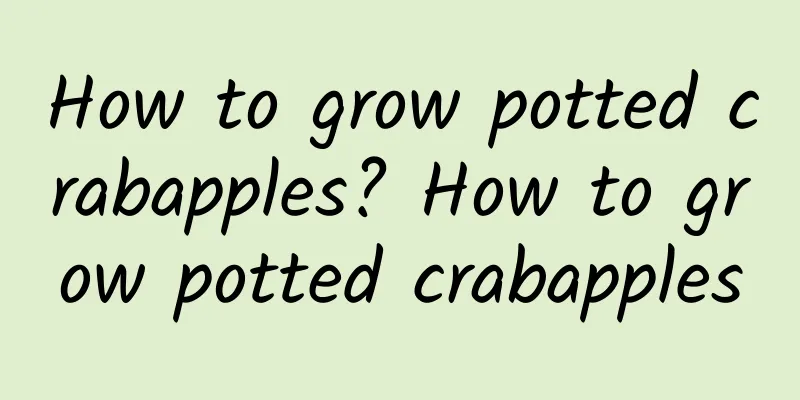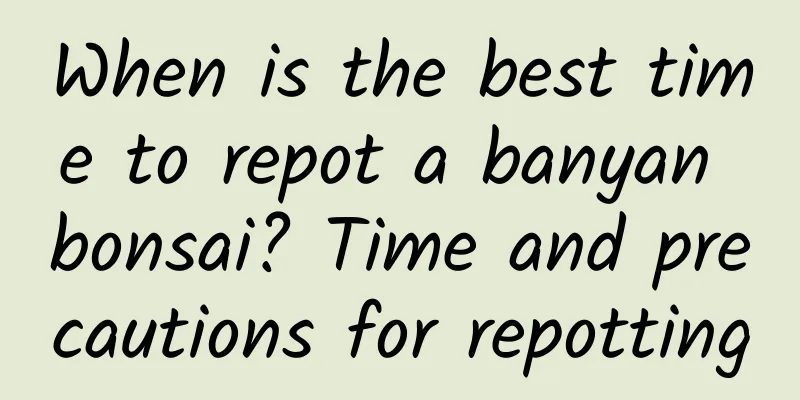When to plant loofah?

|
Luffa prefers warm climates and is sensitive to cold. Therefore, the best time to plant loofah is after the last frost in spring to ensure that the regional climate is warm enough for loofah growth. This can prevent the growth of the loofah from being stunted or damaged due to low temperatures. Let’s learn below about when to plant loofah? When to plant loofah? Due to the differences in climatic conditions between northern and southern China, the planting time of loofah is also different. In the south, spring sowing is from February to April, summer sowing is from April to June, and autumn sowing is from July to September. In contrast, the climate in the northern region is relatively cold, and it is usually only suitable for planting once a year, mostly in summer. As a vegetable that prefers a warm and humid environment, loofah can thrive in temperatures between 20 and 30 degrees Celsius. Therefore, reasonably arranging the sowing time according to the climatic characteristics of each place is the key to ensure the healthy growth of loofah. Tips for growing loofah When planting loofah, you need to choose suitable varieties according to the season. Long-stick varieties are suitable for planting in spring, while short-stick varieties are suitable for planting in summer and autumn. Seeds are most likely to germinate in a temperature range of 28 to 35 degrees Celsius. Using warm water to soak seeds can not only promote seed germination, but also kill the pathogens on the surface of the seeds, thereby enhancing the plant's disease resistance. In terms of fertilization, loofah prefers fertile, moist soil rich in organic matter. When planting, apply sufficient base fertilizer, 2,000 kg of decomposed organic fertilizer and 20 kg of compound fertilizer per mu of land. However, it should be noted that base fertilizer should be applied in appropriate amounts and additional fertilizer should be applied during the peak fruiting period. Luffa has a high demand for water, especially during the peak fruiting period. It generally needs to be watered every 5 to 7 days to ensure normal flowering and fruit setting. During the fruit setting period, special attention should be paid to maintaining soil moisture, which will help maintain the quality of the loofah and delay aging. When the loofah grows 5 to 6 true leaves, it begins to sprout. At this time, a "human" shaped support should be built, and the vines should be trimmed and tied in time when the vine length reaches 30 cm. Use a zigzag pattern to guide the growth of vines. At the same time, during the planting process, side vines should be removed, and old leaves should be pinched and cut off in time to reduce unnecessary nutrient consumption and increase the yield of loofah. The above are the key technical points for growing loofah. It is hoped that growers can carry out reasonable cultivation management based on these techniques. Choose the appropriate planting time according to the climatic conditions of different regions.
|
<<: How to prune the branches of the Fortune Tree?
Recommend
How to propagate crape myrtle and what to pay attention to
How to propagate crape myrtle There are many ways...
How to plant leaves in the quiet night
1. Leaf cutting method 1. Take the leaves If the ...
It's so easy to propagate green radish by cuttings. Learn one trick and you can fill the pot with green radish (with pictures)
1. Soil culture cutting method 1. Prepare the soi...
What fertilizer is best for onion seedlings
Fertilizing time for onion seedlings Onion seedli...
The efficacy and function of basil
one. value 1. It can treat urinary problems. Diff...
How to propagate the noon flower
1. Seeding method (1) Time control: If this metho...
Cultivation methods and precautions of Tamarix
1. Maintenance methods 1. Substrate selection: Ta...
What to do if the roots of the peace lily are rotten
Causes of root rot in peace tree Improper waterin...
How to propagate double-petaled sunflowers and what to pay attention to
How to propagate double-petaled sunflowers The co...
How to grow crane orchid
1. Suitable soil The soil for planting is very im...
Mango's growing environment and local conditions
Mango growing environment and conditions Mango gr...
The difference between Cosmos and Gesang flower
1. Plant Differences Cosmos has thin upright stem...
How to grow rosemary in a pot
Potted rosemary does not have high requirements f...
What causes orange tree leaves to turn yellow and how to treat it?
There are many people who grow citrus fruits . If...
How to grow honeysuckle in autumn
1. Breeding methods 1. Light: In daily life, ligh...









